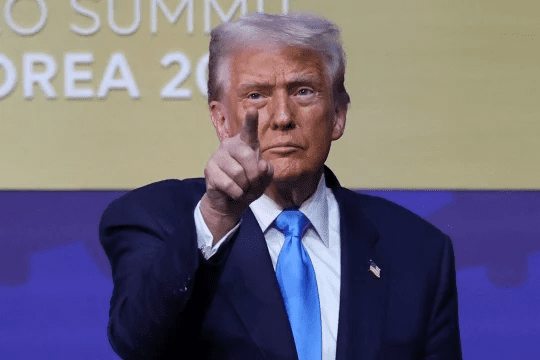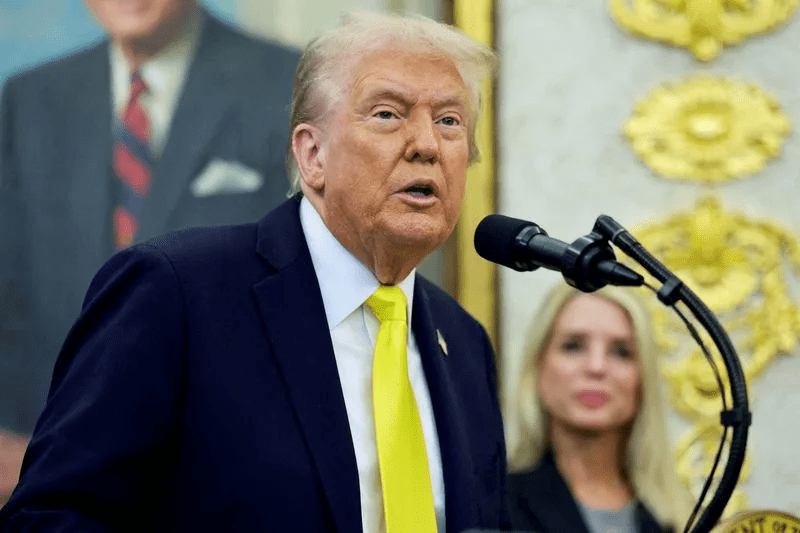President Trump Sets Record-Low Refugee Cap, Prioritizing South African Farmers Who “Can Assimilate Easily”
President Donald Trump has unveiled a new refugee policy that has already ignited both national and international debate. In a verified White House announcement made on October 30, 2025, the administration confirmed that the annual refugee admissions cap for fiscal year 2026 will be set at 7,500 — the lowest figure since the passage of the Refugee Act of 1980. The move, consistent with Trump’s first-term immigration stance, is designed to maintain strict control over who enters the United States while focusing on what the administration calls “cultural and economic assimilation.”


Most notably, the policy prioritizes white South African farmers, often referred to as Afrikaners, who have claimed persecution and land seizures in their home country. Trump officials described the decision as part of a humanitarian and strategic effort to assist “skilled agricultural workers” who can quickly adapt to American life and contribute to the U.S. farming economy. According to administration sources, the program will prioritize those with family ties, English proficiency, and documented evidence of targeted violence.
The decision echoes Trump’s earlier approach between 2017 and 2021, when refugee numbers were reduced from former President Barack Obama’s ceiling of 110,000 to as low as 15,000 by 2020. Supporters of the policy argue that it reaffirms the President’s commitment to protecting American workers and preventing abuse of the refugee system. In public remarks, Trump emphasized that “America should welcome those who embrace our values, work hard, and contribute to our communities — not those who drain them.” He reiterated that refugees accepted under the new plan must be “prepared to adopt the American way of life immediately.”

White House press secretary Karoline Leavitt described the move as both humanitarian and patriotic, insisting that it was “a targeted and moral approach” that helps real victims of violence while defending American sovereignty. She added that the administration intends to screen applicants “more thoroughly than ever before,” with intelligence-sharing agreements expanding across allied countries to prevent the entry of individuals with questionable backgrounds.

Predictably, the decision has drawn sharp criticism from refugee advocacy groups and humanitarian organizations. Groups like Church World Service and the International Rescue Committee condemned the policy as “discriminatory and dangerously narrow,” accusing the administration of “turning a blind eye” to urgent crises in Gaza, Ukraine, and Sudan. The Associated Press reported that many international aid workers view the move as an abandonment of the United States’ traditional leadership in refugee resettlement.
Still, Trump’s supporters see the measure as a reaffirmation of America’s right to self-determination — one that prioritizes safety, order, and cultural stability. Republican lawmakers and conservative commentators have praised the President for standing firm on what they see as common-sense immigration reform.
The decision also appears to be popular among Trump’s voter base, who view it as another example of the administration’s willingness to “put America first.” By focusing on refugees with proven skills and shared values, Trump’s team believes this plan will strengthen communities, not strain them.
As fiscal year 2026 approaches, the White House insists the new refugee policy reflects a “clear and focused vision” — one that limits entry without closing America’s doors entirely. Whether it becomes a defining piece of Trump’s second-term legacy remains to be seen, but for now, the administration stands firm: fewer refugees, stronger borders, and a renewed emphasis on assimilation above all else.

